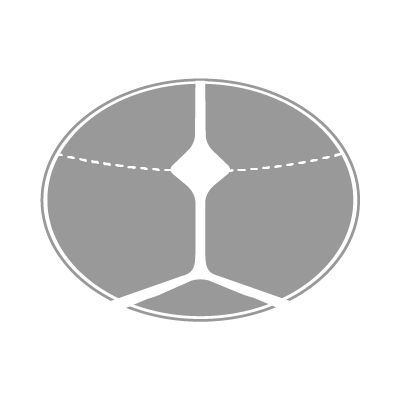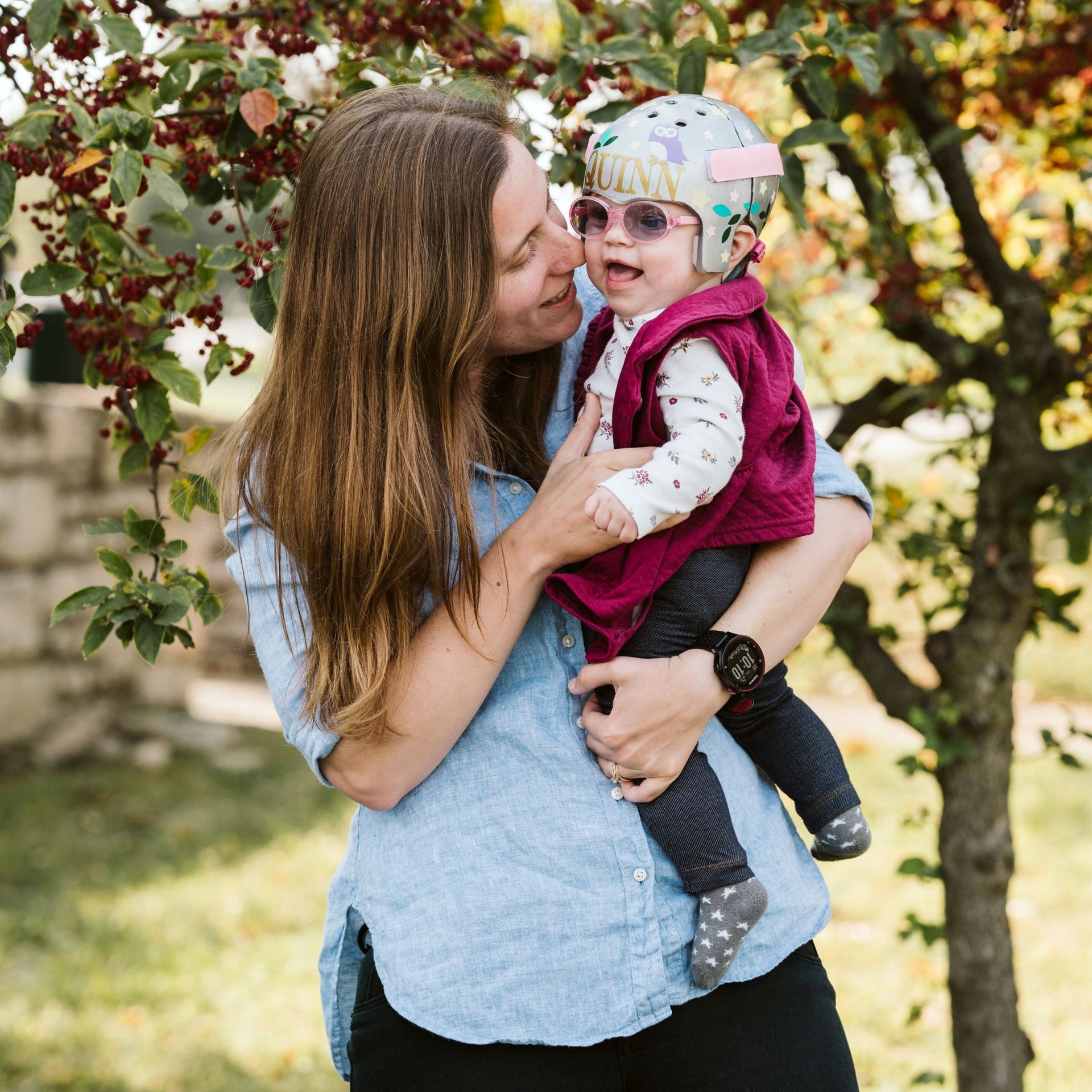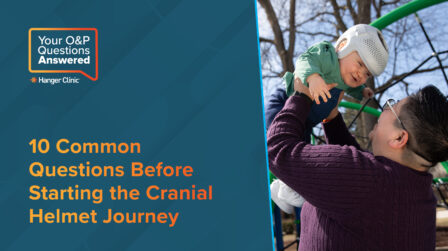Craniosynostosis
When the bones in your baby's head fuse together too early.
Understanding Craniosynostosis
According to the Centers for Disease Control and Prevention, 1 in every 2,500 babies is estimated to be born with craniosynostosis.1 While the causes have yet to be proven, researchers believe the condition occurs due to a combination of genes and other factors. Studies are currently underway to further understand the causes of, and risks for, craniosynostosis.
Causes of Craniosynostosis
At birth, the bones in your baby’s head are separated by a fibrous-like material forming connections (sutures) between the bones. As your baby develops and their brain grows, the bones in your baby’s skull naturally push outward, perpendicular to the suture lines.
Craniosynostosis is the premature fusion of one or more sutures that prevents the normal perpendicular bone growth of your baby’s skull. As a result, the bones grow parallel to the suture and produce both skull and facial differences.
Types of Craniosynostosis
There are four main types of craniosynostosis based on the sutures that have been affected, and each type can lead to varying head shapes.


Sagittal synostosis occurs when the suture running from front to back at the top of the skull fuses together and forces the head into a long and narrow shape known as scaphocephaly. Sagittal synostosis is the most common form of craniosynostosis affecting roughly 1 in 5,000 babies at birth, with a greater incidence among boys than girls, roughly 4 to 1.2


Coronal synostosis occurs when the sutures running from the ears to the top of the skull fuse together, causing the head to flatten on the affected side and bulge on the unaffected side. It can happen on one (unicoronal) or both sides (bicoronal).
- Unicoronal synostosis, where one side of the forehead is flat, with an aggressively arched eyebrow on that same side and a subtle tilt to the nose.
- Bicoronal synostosis generally presents itself as a short, wide head shape with the forehead tilted forward, also known as brachycephaly.

Metopic synostosis occurs when the suture running from the bridge of the nose through the forehead to the top of the skull fuses together, leading to a triangular head shape known as trigonocephaly.

Lambdoid synostosis is rare and occurs when the suture running along the back of the head fuses together, causing one side of the back of the head to be flat, one ear to be higher than the other, and the head to tilt to one side. Although the head shape is similar to plagiocephaly, your specialist will be able to tell them apart.
Multi-suture synostosis occurs when two or more sutures fuse together.
Surgical Intervention
Treatment for craniosynostosis is time-sensitive. When left untreated, it can lead to permanent skull deformities and inadequate room for brain growth and development. When diagnosed early, you may be given the surgical option to have the fused piece of bone along the suture line removed. Depending on the type of surgical procedure, a custom cranial remolding orthosis, also known as a cranial helmet, may be prescribed postoperatively to properly reshape the areas of the skull that have not been growing normally and protect the skull after surgery. Treatment timelines can vary based on your surgeon’s treatment protocols but typically extend 6-12 months after surgery. Your clinician will work closely with your surgeon to ensure appropriate protocols are being followed.
When we first got Quinn’s diagnosis, I was devastated. I didn’t know anything about the condition or how it would impact her long-term development. Hanger Clinic helped quiet our anxiety about Quinn’s future and helped us enjoy the day-to-day moments we had with her during her first year.
Jackie R., Mom to Hanger Clinic Patient Quinn

1. “Facts about Craniosynostosis | CDC.” Centers for Disease Control and Prevention, 4 Dec. 2019, www.cdc.gov/ncbddd/birthdefects/craniosynostosis.html. | 2. Post-Operative CROs for Endoscopic Removal of Sagittal Craniosynostoses: A Case Presentation.
Latest Updates
Subscribe to stay up-to-date on our latest posts.


